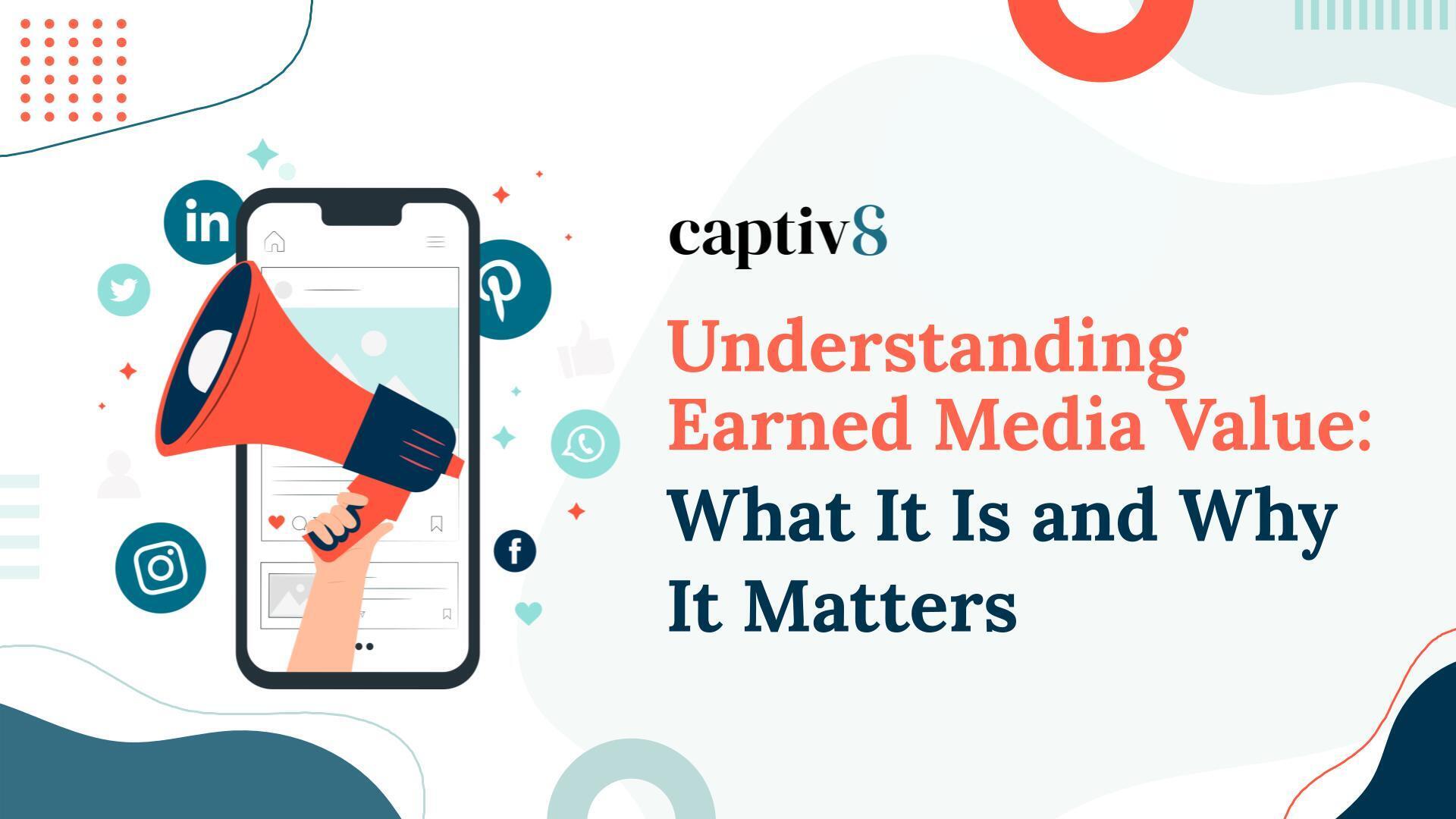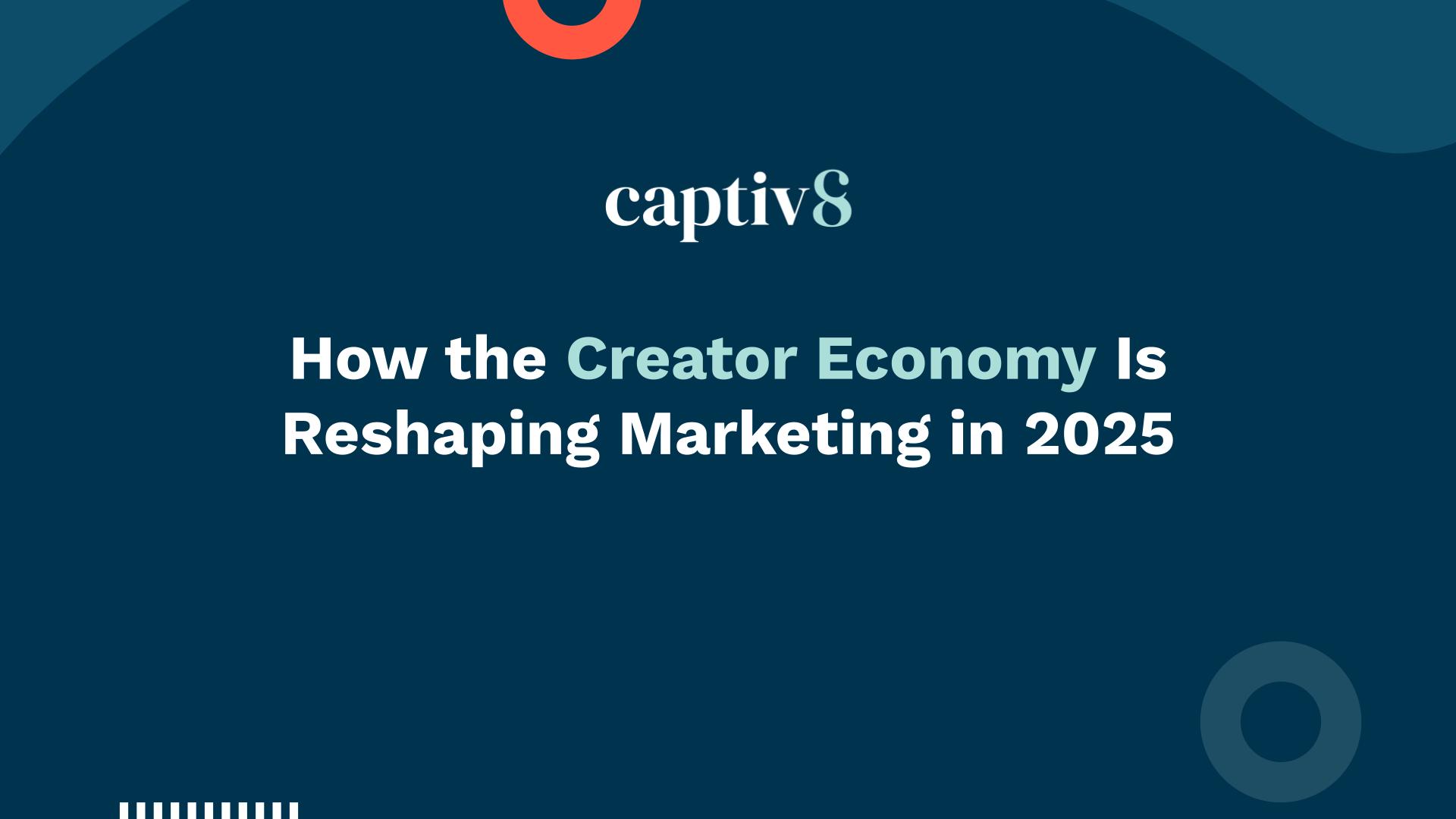Three Strategies to Understand the Impact of Influencers on Social Commerce

Today’s influencer campaigns are no longer just about building awareness. As we explained in a blog post earlier this fall, a growing number of marketers are using creators to help impact all stages of the marketing “purchase funnel,” including sales. But what are the best platforms for encouraging purchases? Are there specific product categories that are more successful at convincing followers to buy from social? And how should marketers measure the success of these efforts? Here are some strategies.
Know your platforms
As most marketers already realize, different social platforms tend to be better for different types of activity. Instagram Stories and Snapchat are better for more ephemeral “in-the-moment” content, while other social platforms like YouTube lend themselves better to how-to videos or more confessional-style vlog content. And when it comes to social commerce, so far Facebook is ahead of the pack. In fact, one recent study cited by eMarketer found that Facebook was the social starting point for more than 47% of recent social media-driven purchases. Instagram (8%) and YouTube (4%) were the next-most popular social tools for commerce.
Know your product category
While it’s exciting news to hear that social media can play a role in consumers’ purchase decisions, some consumer product categories are better suited to social commerce than others. Another piece of research from Deloitte pointed to several categories where social was a particularly good fit. In the study, 56% of consumers said social content played a role in their decision to buy baby products, while 40% said the same about home furnishings, 33% mentioned health and wellness products, and 32% said cars. While this doesn’t mean other products are a tougher sell on social when it comes to ecommerce, it does provide some direction for marketers planning their next influencer effort.
Know your sales channel
The ultimate goal for many marketers is to get their consumers to buy their products directly from social. But it’s worth considering some of the other ways social-focused sales campaigns impact consumers decision-making, as many efforts that start in social ultimately influence purchases that may happen offline or at a later date. Consider the important role social media plays in the browsing and inspiration phase of shopping: one recent examination of social commerce habits found that 56% of consumers who follow brands on social do it specifically to view products, while 31% said they follow brands to browse new items to buy. Yet another interesting stat to keep in mind is the growing popularity of the “buy online, pickup in store” behavior – even if a consumer decided to buy an item on social, they may actually be completing the transaction at a physical location, skewing the results.
Social commerce plays an increasingly important role in the ecommerce and marketing decisions of many brands. The possibility of using a creator to help drive social sales only adds to the appeal. But before marketers get too far along with any social-focused sales campaign, it’s worth examining a few key questions, including if your product is a good fit for social, which platform will drive the best results, and if you’re taking the right approach to measure success. Want a hand optimizing your next social commerce campaign? Get in touch with the experts at Captiv8.



![How Brands Can Set Up Influencers for Affiliate Marketing Success [On-Demand Webinar Recording] Affiliate Marketing Strategy](https://captiv8.io/wp-content/uploads/2023/04/230403_captiv8x_affiliate_webinar_banner_v1.jpg)